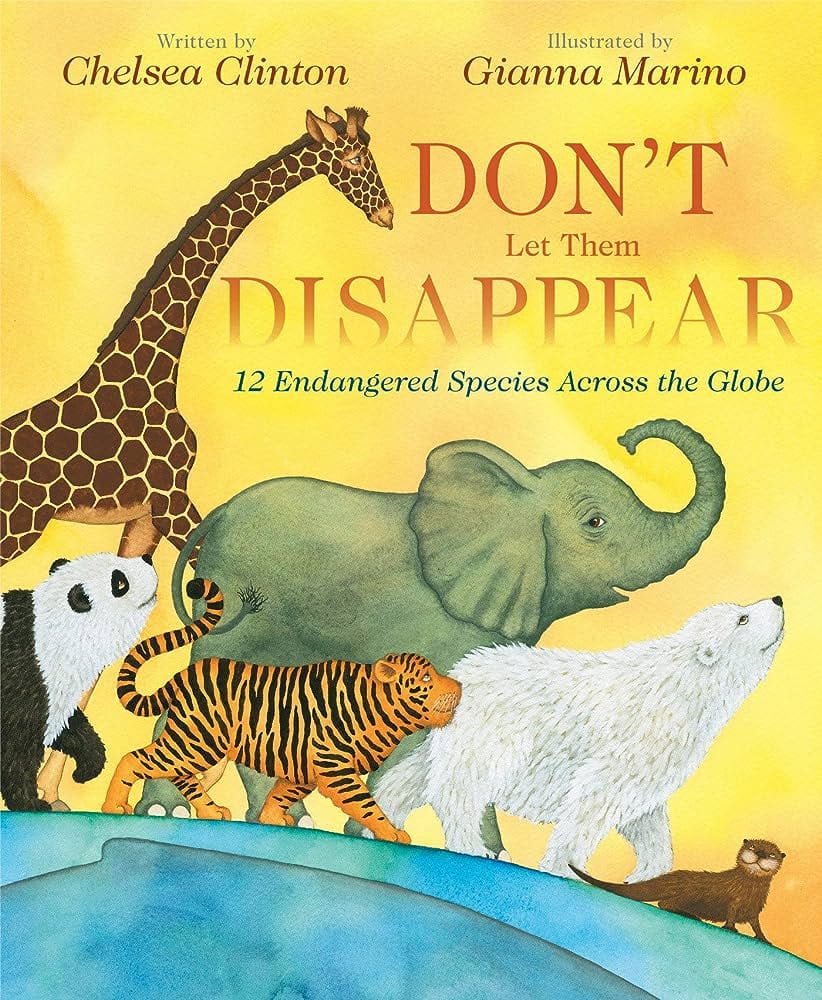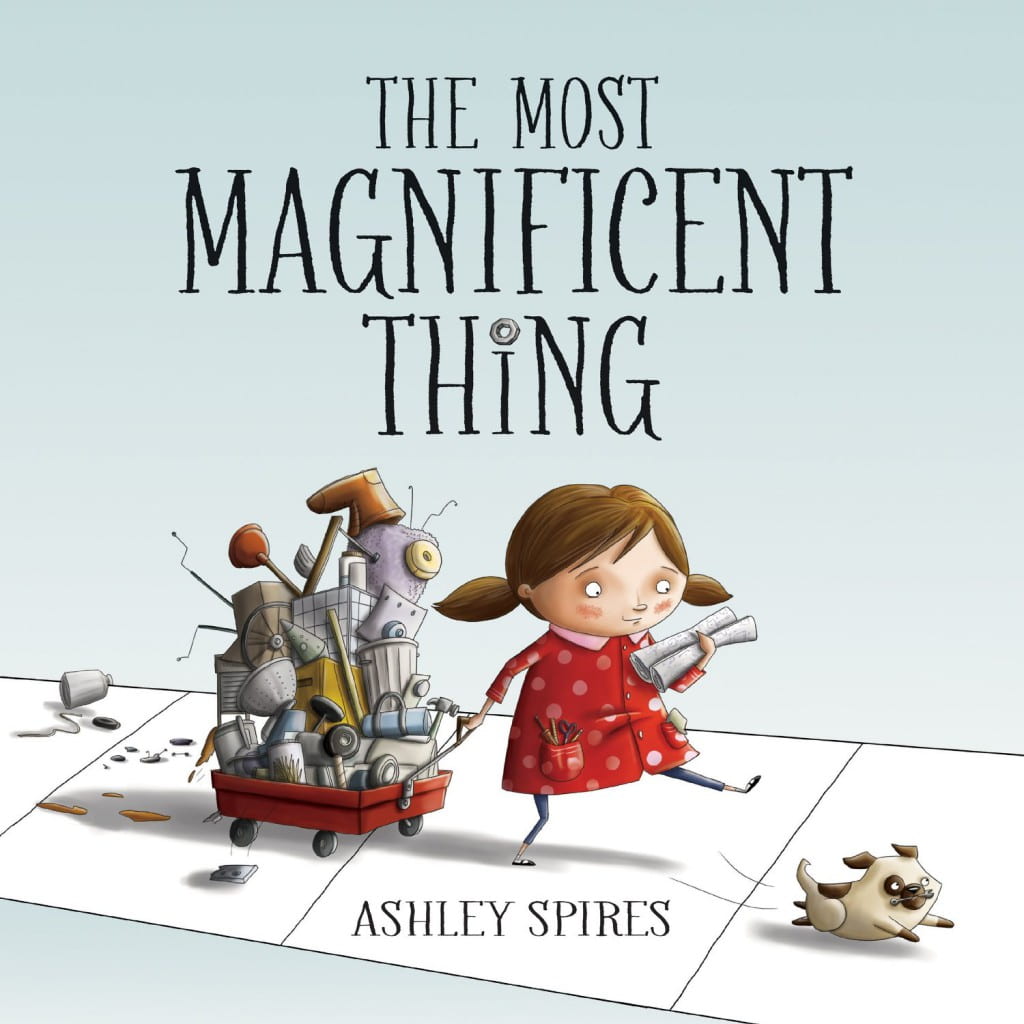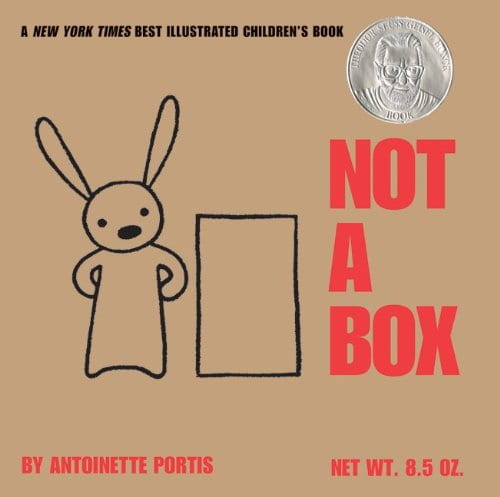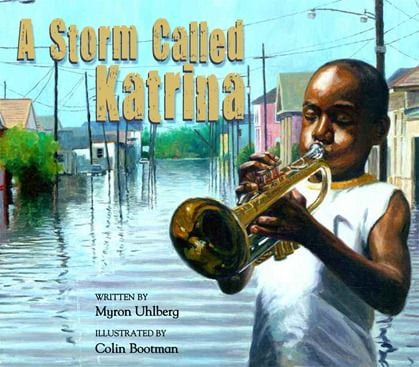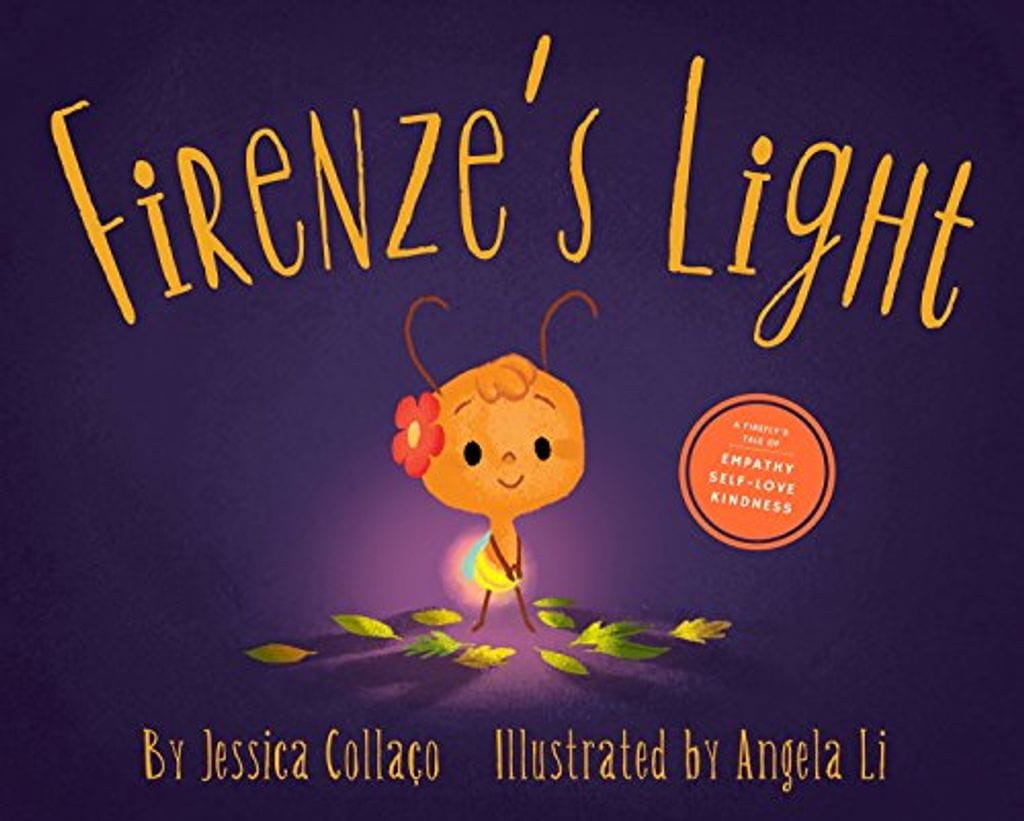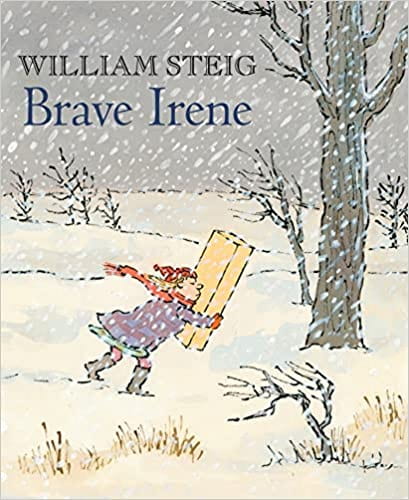The Mess That We Made

Lesson Summary
A great garbage patch in our oceans is growing because of our trash. Develop a decision matrix to compare solutions to this problem and evaluate the designs, identifying benefits and limitations of each.
ELA Standards:
Presentation of Knowledge and Ideas
- Present claims and findings, emphasizing salient points in a focused, coherent manner with pertinent descriptions, facts, details, and examples; use appropriate vocabulary, eye contact, volume, and pronunciation. (See grade 7 Language Standards 4–6 for specific expectations regarding vocabulary.)
- Include multimedia components and visual displays in presentations to clarify claims and findings and emphasize salient points.
- Adapt speech to a variety of contexts and tasks, demonstrating command of formal English when indicated or appropriate. (See grade 7 Language Standards 1 and 3 for specific expectations.)
STE or Math Standards:
7.MS-LS2-5. Evaluate competing design solutions for protecting an ecosystem. Discuss benefits and limitations of each design.
Video
The Mess That We Made read by Kathryn Hahn


